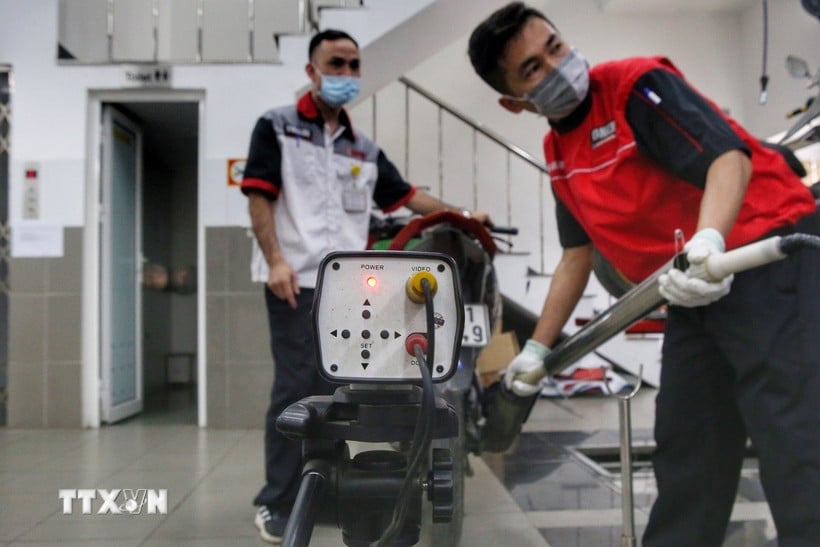 |
| Employees check motorbike emissions. (Photo: Tuan Duc/VNA) |
In the context of increasingly serious air pollution in large cities, tightening motorcycle emission standards is becoming a topic of special concern to society. This is a policy to improve environmental quality, towards sustainable development.
Besides the benefits, this regulation also creates significant impacts on both people and the Vietnamese motorbike market, where there are more than 77 million vehicles in circulation.
Current status and roadmap of emission testing
According to a newly published draft by the Ministry of Agriculture and Environment , from January 1, 2027, vehicles in circulation in Hanoi and Ho Chi Minh City will be required to undergo periodic emissions testing.
By January 1, 2028, the regulation will be expanded to first-class cities such as Hai Phong, Da Nang, Can Tho , and Hue. By 2030, the inspection will be applied nationwide.
Along with that, the Ministry proposed dividing emission levels according to year of manufacture: vehicles manufactured before 2008 apply the lowest Level 1 standard, while newer vehicle models must meet higher standards such as Level 2, 3, 4.
The Vietnam Association of Motorcycle Manufacturers said that the emission testing regulations are already in the law and will be implemented. The difficult problem is infrastructure.
There are currently no specific standards for motorcycle emission inspection stations, while the number of vehicles requiring inspection in Hanoi and Ho Chi Minh City is very large. In addition, the inspection team also needs time to be trained to meet standards.
According to statistics, the whole country currently has about 77 million motorbikes, of which Hanoi has 5.6 million registered vehicles, and Ho Chi Minh City after the merger has about 8.6 million vehicles.
If it is calculated that it takes an average of 7 minutes for each vehicle to measure emissions, Hanoi needs 400 inspection facilities, and Ho Chi Minh City needs about 600 facilities. The Vietnam Register warns of the risk of "huge congestion" if mass inspections are carried out.
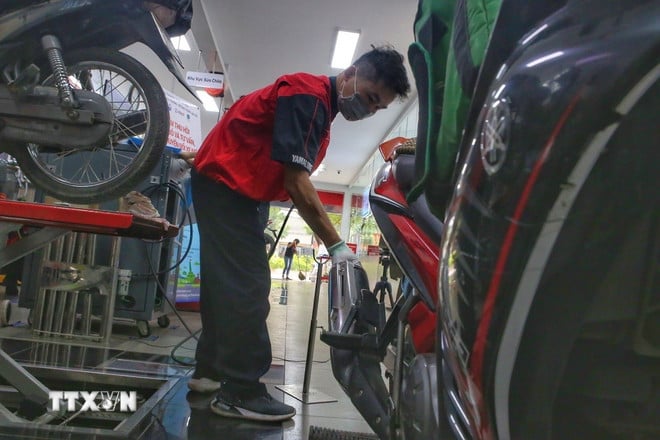 |
| Employees check motorbike emissions. (Photo: Tuan Duc/VNA) |
To avoid the risk of "breaking the battle," the Registry Department proposed a roadmap for emission testing according to the year of manufacture, applying level 1 from July 1, 2027 for vehicles manufactured from 2008 and earlier; level 2 from July 1, 2029 for vehicles manufactured from 2016 and earlier; level 3 from January 1, 2032 for vehicles manufactured from 2026 and earlier; and level 4 - the highest - from January 1, 2035 for the inner city areas of Hanoi and Ho Chi Minh City.
In other centrally-run cities, the schedule is similar but delayed by 1 year.
According to the Registry, this roadmap will help distribute pressure, ensuring that in the first two years, people's inspection needs are basically met. At the same time, gradually raising standards in large cities will create time for people to repair, upgrade or replace their vehicles, while low-emission vehicles that do not meet standards in the city can be transferred to rural areas to operate.
The Vietnam Association of Motorcycle Manufacturers believes that in addition to building an inspection network, management agencies need to have policies to encourage the socialization of emission inspection services, and at the same time have incentives to support people in converting old, substandard vehicles.
Impact on economic burden and changing habits
According to experts, the most obvious impact of the tightening of emissions is on users of old cars. For vehicles over 10-15 years old, the maintenance costs to meet emission standards are very high, even unfeasible.
Meanwhile, buying a new car, whether gasoline or electric, costs between 20 and 50 million VND, which is a large expense for low-income people.
Mr. Nguyen Van Hoa, a worker in Hoang Mai, Hanoi, shared: "My car has been running for nearly 20 years and is still working well, but the exhaust pressure is definitely not inspected. Buying a new car is beyond my financial capacity. If there is support for changing cars, workers like us will feel secure."
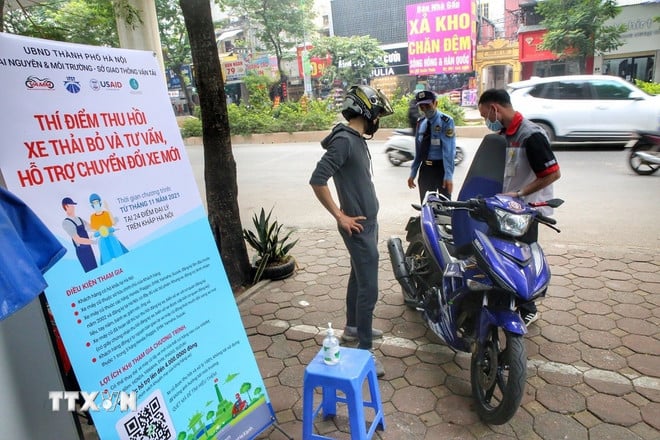 |
| Receiving vehicles of customers who need to measure emissions. (Photo: Tuan Duc/VNA) |
In addition, when old cars are no longer eligible for circulation, many people are forced to consider using public transport such as buses, metro or car sharing services. However, the public transport system in many localities has not met the demand.
Ms. Le Thu Ha (office worker, Hanoi) commented: "To go to work from Hoang Mai to Cau Giay by bus, I have to take the bus twice, which takes more than an hour, much more inconvenient than going by motorbike. If public infrastructure is improved, I am willing to change."
Changing the balance of competition
If for people, the impact is mainly financial burden and behavioral change, then for the motorbike market, this is a strategic shift. Millions of old vehicles will be eliminated, opening up a great opportunity for manufacturers to create fierce competition between gasoline and electric vehicles.
VinFast plays a pioneering role, continuously expanding its portfolio from popular to high-end. In addition to Feliz, Klara, Evo, the company has just added Evo Grand and Evo Grand Lite with 2 removable batteries.
Next October, VinFast will launch Evo Max - the first battery-swapped electric motorbike model, with an expected price of 20 million VND, opening a series of battery-swapped products such as Feliz Max (24.9 million), Verox Max (33.9 million) and Drift Max (39.9 million) this year.
Honda - although accounting for more than 83% of the gasoline motorbike market share in Vietnam - has also entered the market with two electric models ICON e: (for students) and CUV e: (for rent, equipped with removable batteries).
Ms. Sayaka Arai, General Director of Honda Vietnam, said: "In the period 2026-2030, Honda will launch 5 more completely new electric vehicle models to meet diverse needs."
Meanwhile, the used car market will suffer a major shock. Vehicles over 10 years old, which are unlikely to meet emission standards, will quickly lose value, forcing many owners to sell at a loss. This is both a hardship for people and a motivation for them to consider switching to new vehicles.
Tightening motorcycle emission standards brings clear benefits to the environment, contributing to improving air quality and public health. At the same time, it also creates far-reaching impacts. For people, it is a financial burden when forced to replace old vehicles, along with changing travel habits.
For the motorbike market, this is a turning point, opening up opportunities for manufacturers and promoting fierce competition between gasoline and electric vehicles. If the 2027-2035 roadmap is implemented properly, with appropriate support and infrastructure solutions, this will not only be a pollution reduction policy, but also a boost to bring the Vietnamese motorbike market to a new stage of development - more modern, green and sustainable.-.
Source: VNA
Source: https://baodongnai.com.vn/tin-moi/202508/siet-tieu-chuan-khi-thai-xe-may-tac-dong-ra-sao-toi-nguoi-dan-va-thi-truong-8d62550/






![[Photo] Urgently help people soon have a place to live and stabilize their lives](/_next/image?url=https%3A%2F%2Fvphoto.vietnam.vn%2Fthumb%2F1200x675%2Fvietnam%2Fresource%2FIMAGE%2F2025%2F12%2F09%2F1765248230297_c-jpg.webp&w=3840&q=75)

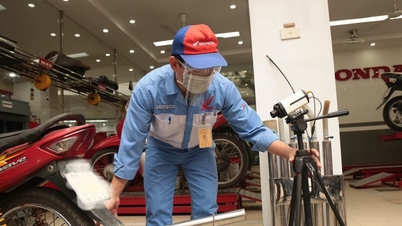





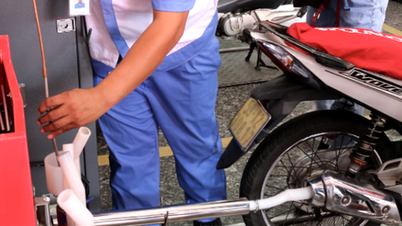
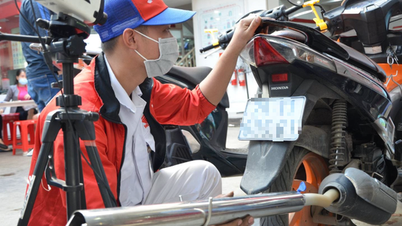




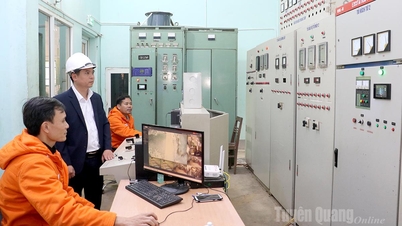

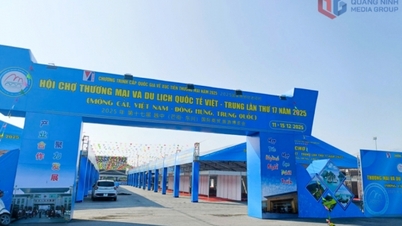

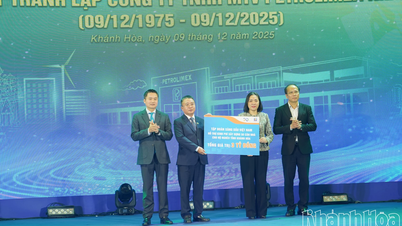








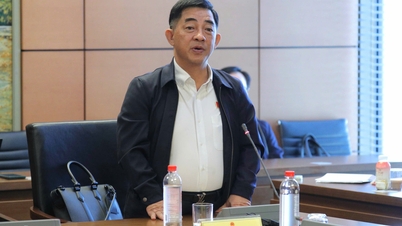


















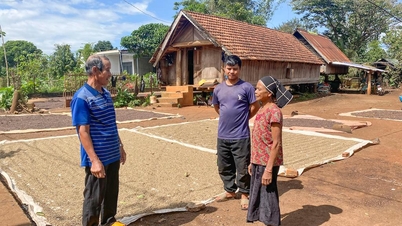







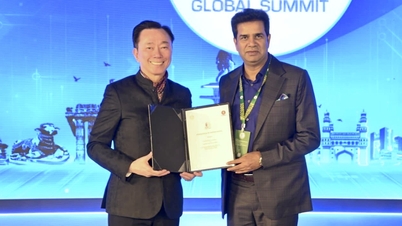




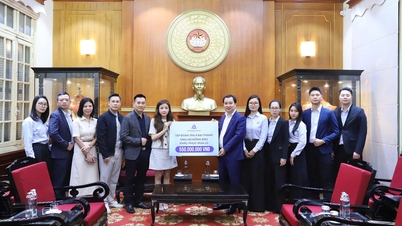







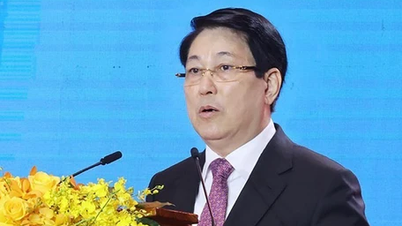
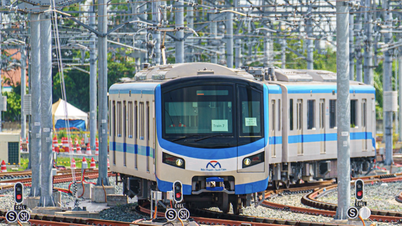





![[Photo] General Secretary To Lam works with the Standing Committees of the 14th Party Congress Subcommittees](https://vphoto.vietnam.vn/thumb/402x226/vietnam/resource/IMAGE/2025/12/09/1765265023554_image.jpeg)





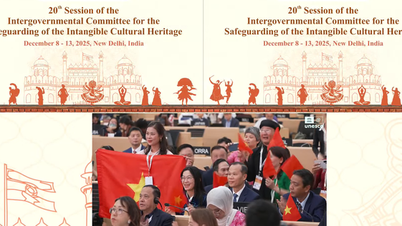







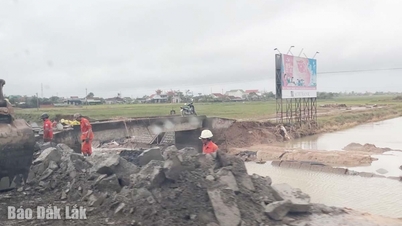
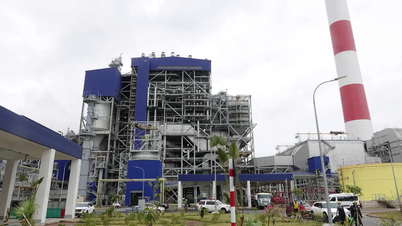












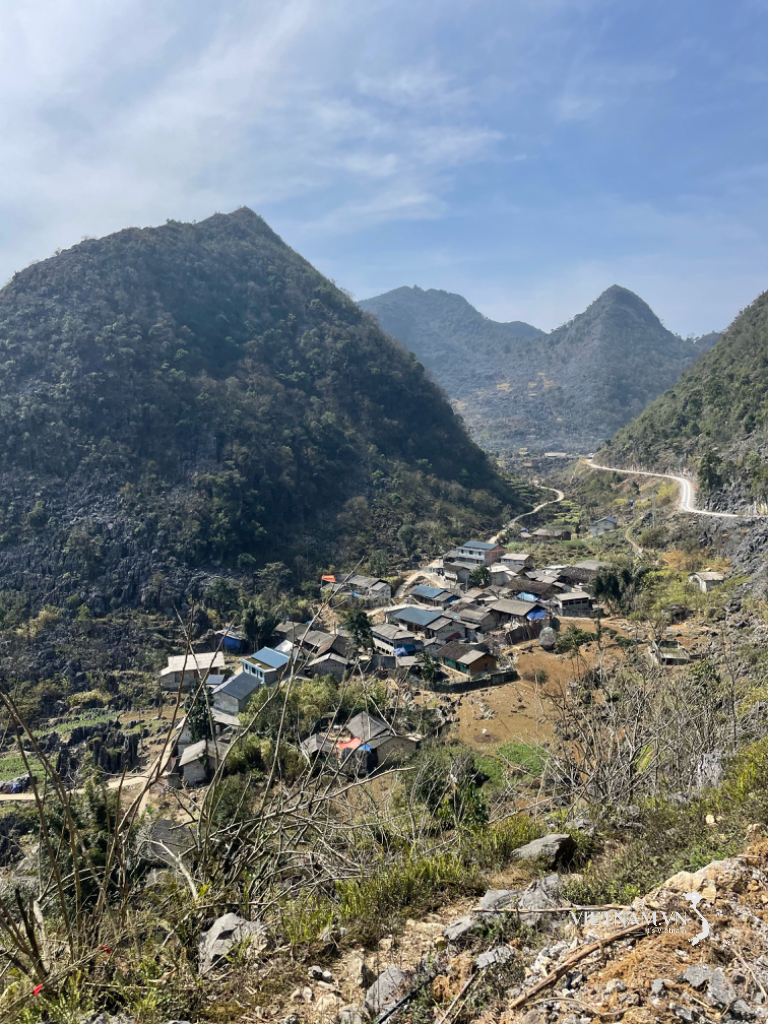




Comment (0)